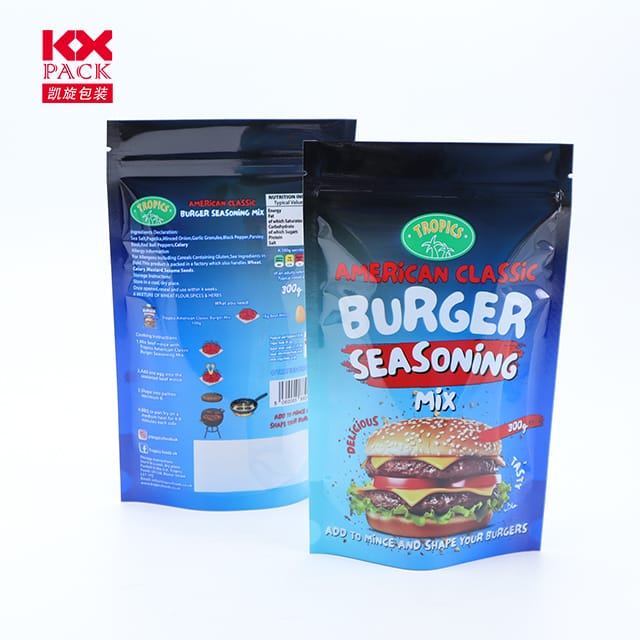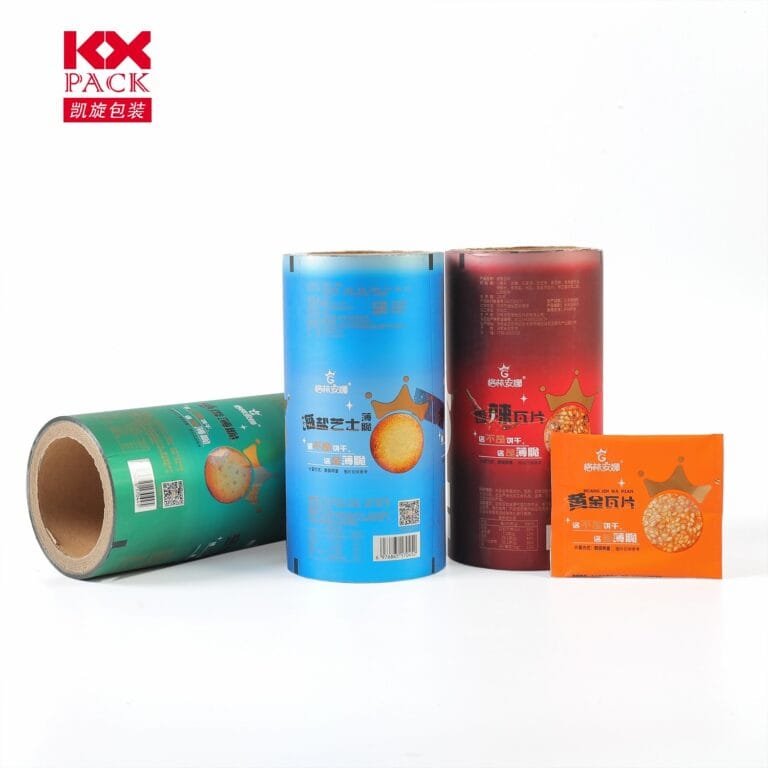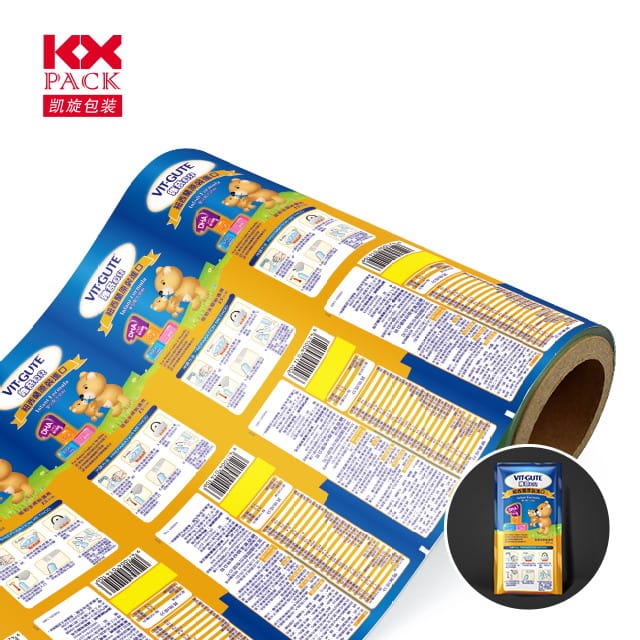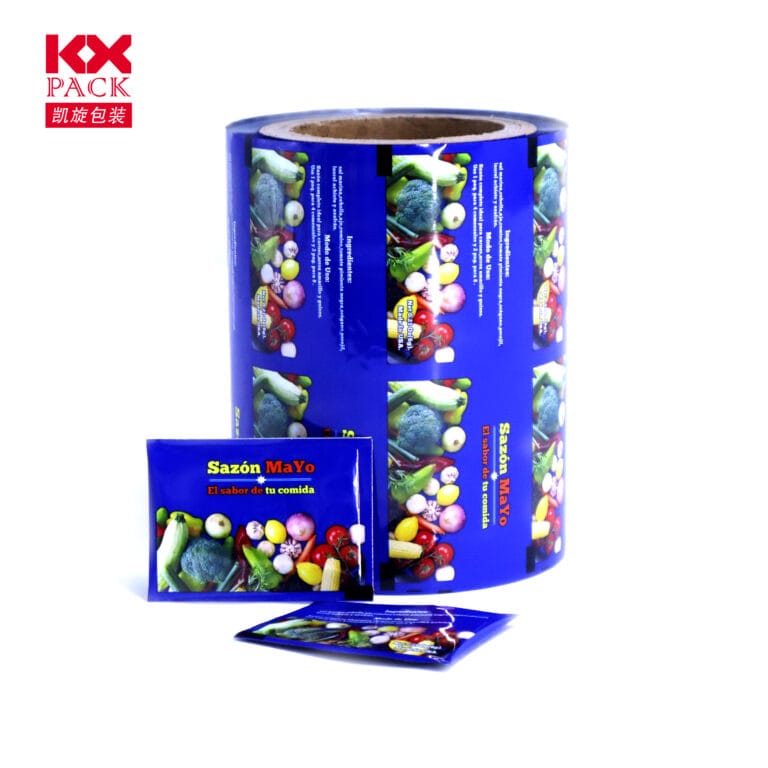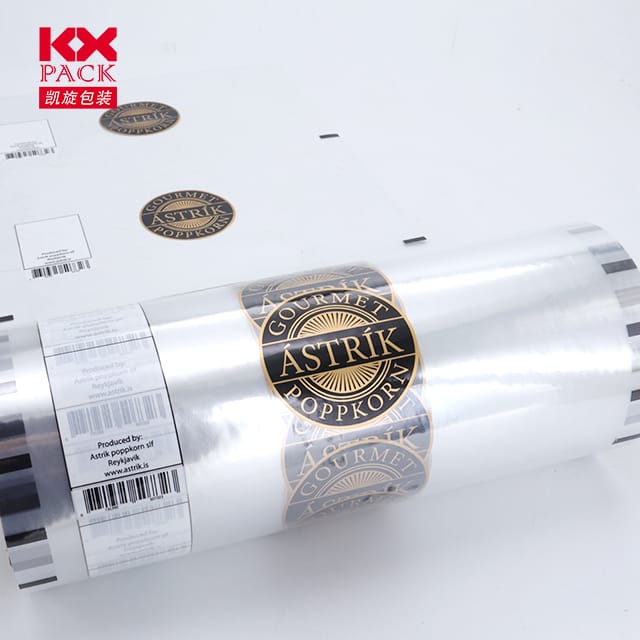Le evolusione ma le fou o le meaai ata tifaga ata tifaga: Mautinoa le saogalemu ma le gafataulimaina
Tino Ata Tifaga Ata Tifaga
In today’s food industry, food grade plastic film stands as a cornerstone of packaging innovation, Faasalaga saogalemu, galuega, ma le siosiomaga tiutetauave. A o le lalolagi o le lalolagi mo le afifiina o meaai meaai, O lea e manaʻomia le manaʻoga mo mea alualu i luma e puipuia ai oloa e aunoa ma le faʻamalositino o le soifua maloloina poʻo le paneta. Let’s delve into the world of food grade plastic films—their types, Faatatauga, lamatiaga, ma le lumanaʻi masani.
What Makes a Plastic Film “Vasega o meaai”?
Food grade plastic films are engineered to meet stringent safety standards set by regulatory bodies like theU.S. O le FDA (Code of Federal Regulations Title 21) ma leEU’s 10/2011 regulation. These materials must:
- Not leach harmful chemicals into food.
- Withstand temperature variations during storage, felauaiga, and heating.
- Resist degradation from acids, fats, or moisture in food.
- Be traceable to ensure compliance with safety protocols.
Common food grade polymers include:
- Polythylene (PE): HDPE (rigid containers) and LDPE (flexible films, CLELS BECK).
- Polypropylene (PP): Microwave-safe containers, thermoformed trays.
- Polythylene terephthlate (PET): Transparent bottles, blister packs.
- Polyvinyl Chloride (PVC): Used cautiously due to potential phthalate migration.
- Bio-based Alternatives: Plan (polylactic acid) and starch-based composites for eco-friendly options.
Key Applications in Food Packaging
- Faleoloa & Consumer Packaging
- Oloa Fou: LDPE films extend shelf life by regulating oxygen and moisture.
- Susu & Beverages: HDPE jugs and PET bottles dominate for their lightweight durability.
- Ready-to-Eat Meals: PP trays withstand microwave heating (up to 120°C).
- Falefaigaluega & Bulk Handling
- Maualuga-Bariti Fitms: Multi-layer structures (E.g., PA/EVOH/PE) prevent oxygen ingress for meat, sisi, and coffee.
- Flexible Pouches: Stand-up pouches with zippers and spouts enhance convenience.
- Specialty Uses
- Modified Atmosphere Packaging (Faafanua): Films adjust gas composition to slow spoilage.
- Smart igoa: Temperature-sensitive inks or QR codes track freshness.
Risks and Challenges
Despite their benefits, food grade plastic films face scrutiny:
- Chemical Migration: High temperatures or acidic foods may cause additives (E.g., plasticizers) to leach.
- Microplastics: Fragmentation during use or disposal raises environmental concerns.
- Toe faaleleia Huckleles: Mixed-material laminates (E.g., aluminum/PET) complicate recycling.
Sustainable Innovations Shaping the Future
The industry is pivoting toward eco-conscious solutions:
- Biodegradable & O ata faʻapipiʻi
- Plan, maua mai le sana, decomposes in industrial composting facilities.
- Ele (Polyyhydroxyalkaanates) offers marine-degradable options.
- Recyclability Advancements
- Monomaterial Designs: All-PE or all-PP structures simplify recycling.
- Vailaau toe totogi: Breaks down plastics into raw materials for new films.
- Pule Faʻatonutonu
- O le O le EU's nofofua-faʻaaoga Plastics faʻatonuina bans non-recyclable films by 2030.
- China’s GB 4806.7-2023 standardizes food contact materials, encouraging domestic innovation.
- Tech-Driven Solutions
- Nanocoatings: Enhance barrier properties without adding thickness.
- Active Packaging: Incorporates antioxidants or antimicrobial agents.
Consumer Tips for Safe Usage
- Avoid Heating PVC or PS Films: These may release toxins.
- Check Recycling Codes: #2 (HDPE), #4 (LDPE), ma #5 (PP) are safer choices.
- Limit Single-Use Films: Opt for reusable silicone lids or beeswax wraps.
O le auala i luma
The food grade plastic film market is projected to reach$51.9 piliona e 2030, aveina e:
- Emerging Markets: Rising middle classes in Asia and Africa demand packaged food.
- E-commerce Growth: Online grocery sales rely on durable, leak-proof films.
- Circular Economy Goals: Brands like Nestlé and Coca-Cola pledge 100% recyclable packaging by 2025.
Fa'ai'uga
Food grade plastic films are indispensable to modern food systems, but their future hinges on innovation and responsibility. By embracing bio-based materials, improving recyclability, and adhering to strict safety standards, the industry can meet consumer demands while safeguarding health and the environment.
A o tagata faatau, let’s advocate for transparency and sustainability—because the films that wrap our food should protect more than just its freshness.
What’s your take on food grade plastic films? Fetufaai ou manatu i manatu o manatu i lalo! 🌱🍎📦

